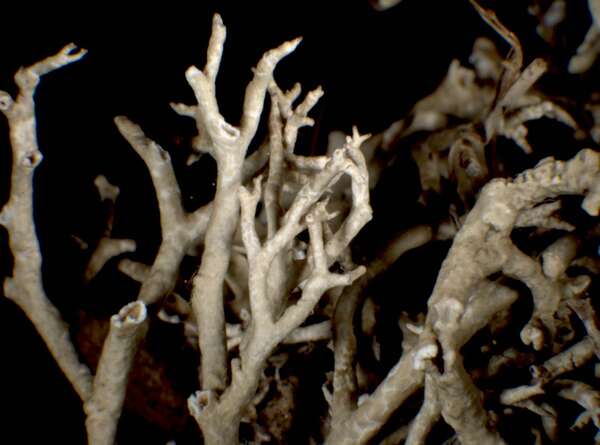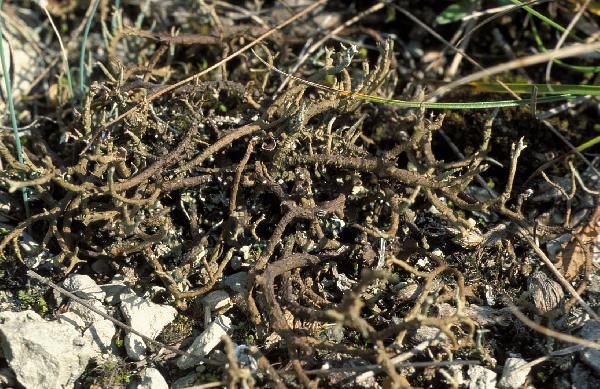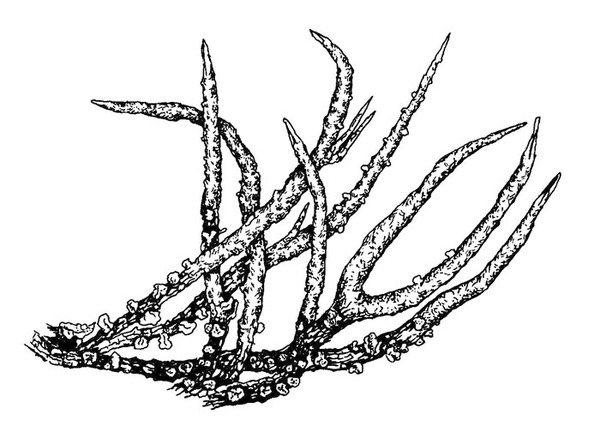Cladonia furcata subsp. subrangiformis auct. non (Sandst.) Abbayes
Bull. Soc. Scient. Bretagne, 13, 1937 comb. inval.. Basionym: Cladonia subrangiformis Sandst. - Abh. Nat. Ver. Bremen, 25: 165, 1922.
Synonyms:
Description: Primary thallus squamulose, the squamules middle-sized (1-3 mm long and broad), most often ephemeral, brownish green above, white beneath. Podetia branched, hollow inside, brown, stout, to 10 cm tall (usually less), forming irregular tufts, with pointed apices and a smooth to wrinkled surface, non- or very sparsely squamulose, with evident, convex, white medullary outbursts at the base. Apothecia rare, dark brown, convex. Asci 8-spored, clavate, thickened at apex, with a K/I+ blue tholus and a K/I+ strongly blue outer gelatinous sheath, Cladonia-type. Ascospores 1-celled, hyaline, ellipsoid. Pycnidia dark, semi-immersed on the tips of podetia, with a colourless jelly. Conidia hyaline, curved. Photobiont chlorococcoid. Spot tests: K- or K+ yellowish slowly turning brown, C-, KC-, P+ red. Chemistry: atranorin and fumarprotocetraric acid.
Growth form: Fruticose
Substrata: soil, terricolous mosses, and plant debris
Photobiont: green algae other than Trentepohlia
Reproductive strategy: mainly sexual
Commonnes-rarity: (info)
Alpine belt: absent
Subalpine belt: absent
Montane belt: very rare
Dry submediterranean belt: rather common
Humid submediterranean belt: rather common
Padanian area: extremely rare
pH of the substrata:
1 2 3 4 5
Solar irradiation:
1 2 3 4 5
Aridity:
1 2 3 4 5
Eutrophication:
1 2 3 4 5
Poleotolerance:
0 1 2 3
Altitudinal distribution:
1 2 3 4 5 6
Rarity
absent
extremely rare
very rare
rare
rather rare
rather common
common
very common
extremely common
Loading data...
Occurrence data
Predictive map
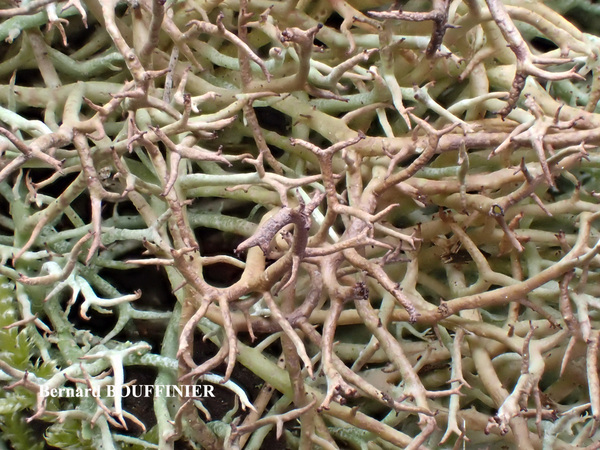
Bernard Bouffinier - Source: http://www.lichensmaritimes.org/index.php?task=fiche&lichen=281&lang=en
France, Pointe de Treberon
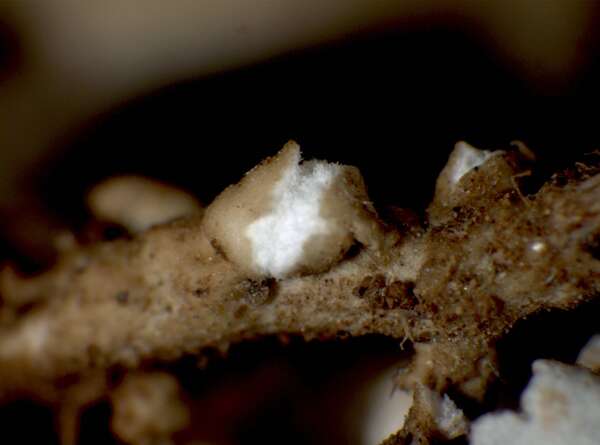
P.L. Nimis; Owner: Department of Life Sciences, University of Trieste
Herbarium: TSB (613)
2001/12/04
detail of white knot at the base of the podetium
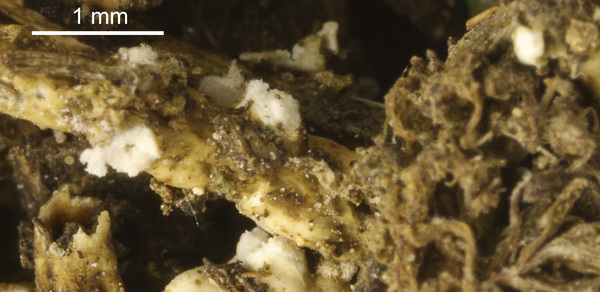
Felix Schumm – CC BY-SA 4.0
16553], Germany, Baden-Württemberg, Kreis Heidenheim, östlich von Söhnstetten an der Abzweigung zum Dudelhof. 48,66772° N, 10,00954° E, 570 m. Zwischen Kalkblöcken in Kalktrockenrasen. Leg. et det. Schumm 25.07.2010
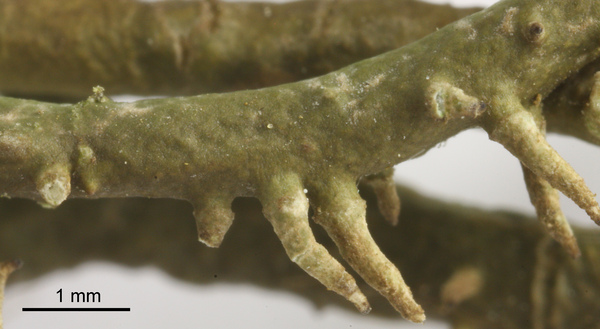
Felix Schumm – CC BY-SA 4.0
16553], Germany, Baden-Württemberg, Kreis Heidenheim, östlich von Söhnstetten an der Abzweigung zum Dudelhof. 48,66772° N, 10,00954° E, 570 m. Zwischen Kalkblöcken in Kalktrockenrasen. Leg. et det. Schumm 25.07.2010
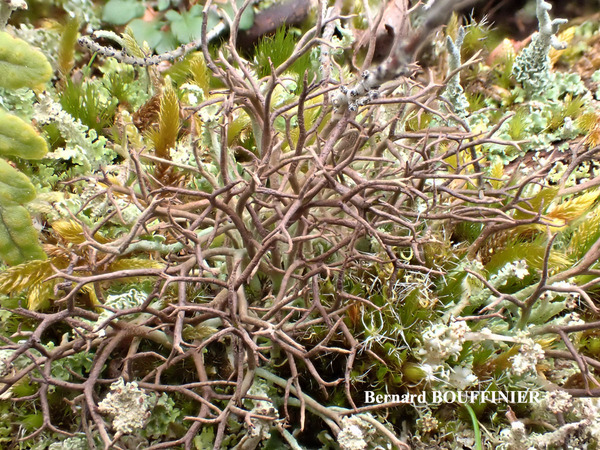
Bernard Bouffinier - Source: http://www.lichensmaritimes.org/index.php?task=fiche&lichen=281&lang=en
France, Pointe de Treberon
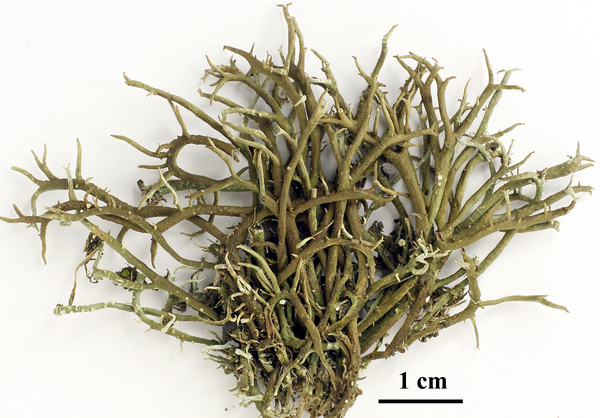
Felix Schumm – CC BY-SA 4.0
16553], Germany, Baden-Württemberg, Kreis Heidenheim, östlich von Söhnstetten an der Abzweigung zum Dudelhof. 48,66772° N, 10,00954° E, 570 m. Zwischen Kalkblöcken in Kalktrockenrasen. Leg. et det. Schumm 25.07.2010
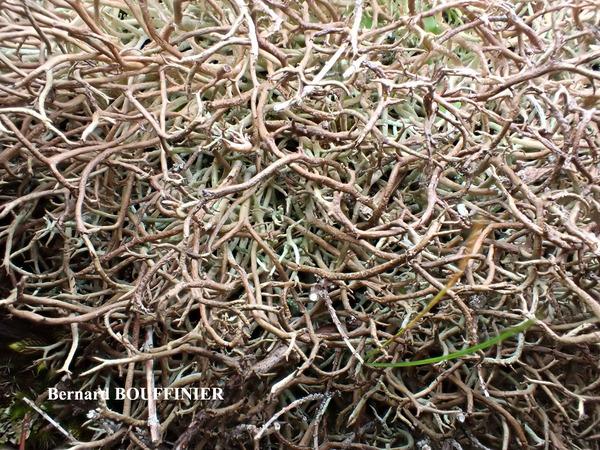
Bernard Bouffinier - Source: http://www.lichensmaritimes.org/index.php?task=fiche&lichen=281&lang=en
France, Pointe de Treberon
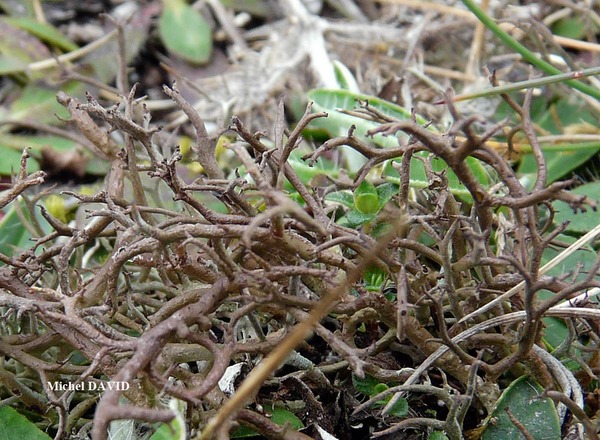
Michel David - Source: http://www.lichensmaritimes.org/index.php?task=fiche&lichen=281&lang=en
France, La Palue
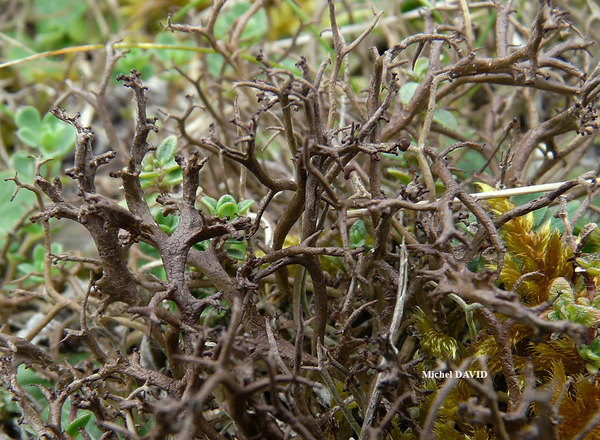
Michel David - Source: http://www.lichensmaritimes.org/index.php?task=fiche&lichen=281&lang=en
France, La Palue
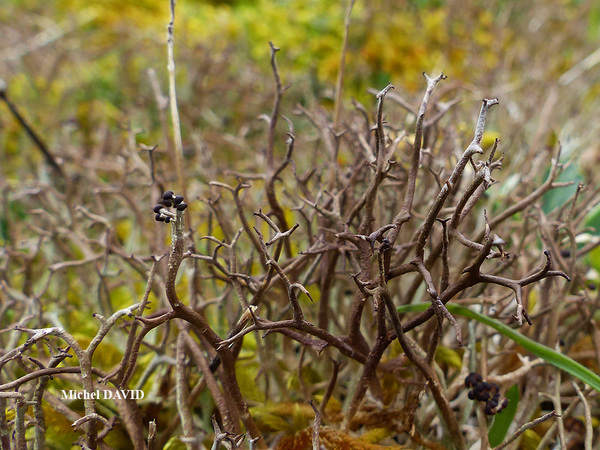
Michel David - Source: http://www.lichensmaritimes.org/index.php?task=fiche&lichen=281&lang=en
France, La Palue

Michel David - Source: http://www.lichensmaritimes.org/index.php?task=fiche&lichen=281&lang=en
France, La Palue

Michel David - Source: http://www.lichensmaritimes.org/index.php?task=fiche&lichen=281&lang=en
France, La Palue
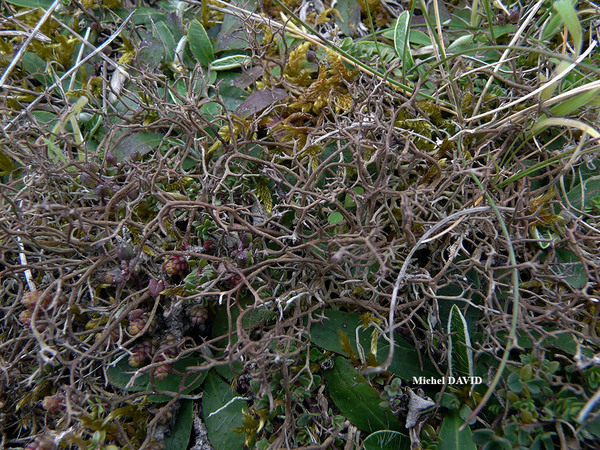
Michel David - Source: http://www.lichensmaritimes.org/index.php?task=fiche&lichen=281&lang=en
France, La Palue

Michel David - Source: http://www.lichensmaritimes.org/index.php?task=fiche&lichen=281&lang=en
France, La Palue
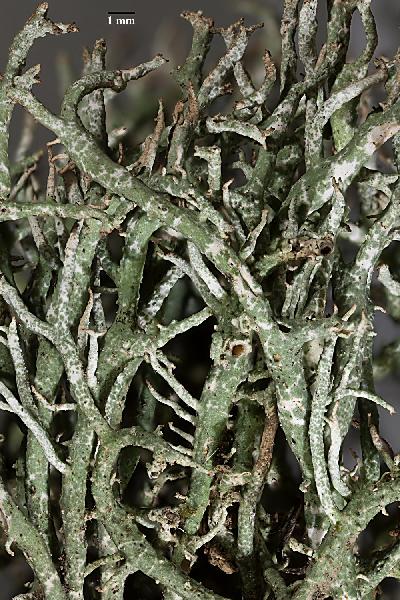
Ulrich Kirschbaum CC BY-SA 4.0 - Source: https://www.thm.de/lse/ulrich-kirschbaum/flechtenbilder
Central Europe; Germany: Hesse.
Growth form: Fruticose
Substrata: soil, terricolous mosses, and plant debris
Photobiont: green algae other than Trentepohlia
Reproductive strategy: mainly sexual
Commonnes-rarity: (info)
Alpine belt: absent
Subalpine belt: absent
Montane belt: very rare
Dry submediterranean belt: rather common
Humid submediterranean belt: rather common
Padanian area: extremely rare
pH of the substrata:
| 1 | 2 | 3 | 4 | 5 |
Solar irradiation:
| 1 | 2 | 3 | 4 | 5 |
Aridity:
| 1 | 2 | 3 | 4 | 5 |
Eutrophication:
| 1 | 2 | 3 | 4 | 5 |
Poleotolerance:
| 0 | 1 | 2 | 3 |
Altitudinal distribution:
| 1 | 2 | 3 | 4 | 5 | 6 |
Rarity
absent
extremely rare
very rare
rare
rather rare
rather common
common
very common
extremely common
Loading data...
Occurrence data
Predictive map

Bernard Bouffinier - Source: http://www.lichensmaritimes.org/index.php?task=fiche&lichen=281&lang=en
France, Pointe de Treberon

P.L. Nimis; Owner: Department of Life Sciences, University of Trieste
Herbarium: TSB (613)
2001/12/04
detail of white knot at the base of the podetium

Felix Schumm – CC BY-SA 4.0
16553], Germany, Baden-Württemberg, Kreis Heidenheim, östlich von Söhnstetten an der Abzweigung zum Dudelhof. 48,66772° N, 10,00954° E, 570 m. Zwischen Kalkblöcken in Kalktrockenrasen. Leg. et det. Schumm 25.07.2010

Felix Schumm – CC BY-SA 4.0
16553], Germany, Baden-Württemberg, Kreis Heidenheim, östlich von Söhnstetten an der Abzweigung zum Dudelhof. 48,66772° N, 10,00954° E, 570 m. Zwischen Kalkblöcken in Kalktrockenrasen. Leg. et det. Schumm 25.07.2010

Bernard Bouffinier - Source: http://www.lichensmaritimes.org/index.php?task=fiche&lichen=281&lang=en
France, Pointe de Treberon

Felix Schumm – CC BY-SA 4.0
16553], Germany, Baden-Württemberg, Kreis Heidenheim, östlich von Söhnstetten an der Abzweigung zum Dudelhof. 48,66772° N, 10,00954° E, 570 m. Zwischen Kalkblöcken in Kalktrockenrasen. Leg. et det. Schumm 25.07.2010

Bernard Bouffinier - Source: http://www.lichensmaritimes.org/index.php?task=fiche&lichen=281&lang=en
France, Pointe de Treberon

Michel David - Source: http://www.lichensmaritimes.org/index.php?task=fiche&lichen=281&lang=en
France, La Palue

Michel David - Source: http://www.lichensmaritimes.org/index.php?task=fiche&lichen=281&lang=en
France, La Palue

Michel David - Source: http://www.lichensmaritimes.org/index.php?task=fiche&lichen=281&lang=en
France, La Palue

Michel David - Source: http://www.lichensmaritimes.org/index.php?task=fiche&lichen=281&lang=en
France, La Palue

Michel David - Source: http://www.lichensmaritimes.org/index.php?task=fiche&lichen=281&lang=en
France, La Palue

Michel David - Source: http://www.lichensmaritimes.org/index.php?task=fiche&lichen=281&lang=en
France, La Palue

Michel David - Source: http://www.lichensmaritimes.org/index.php?task=fiche&lichen=281&lang=en
France, La Palue



